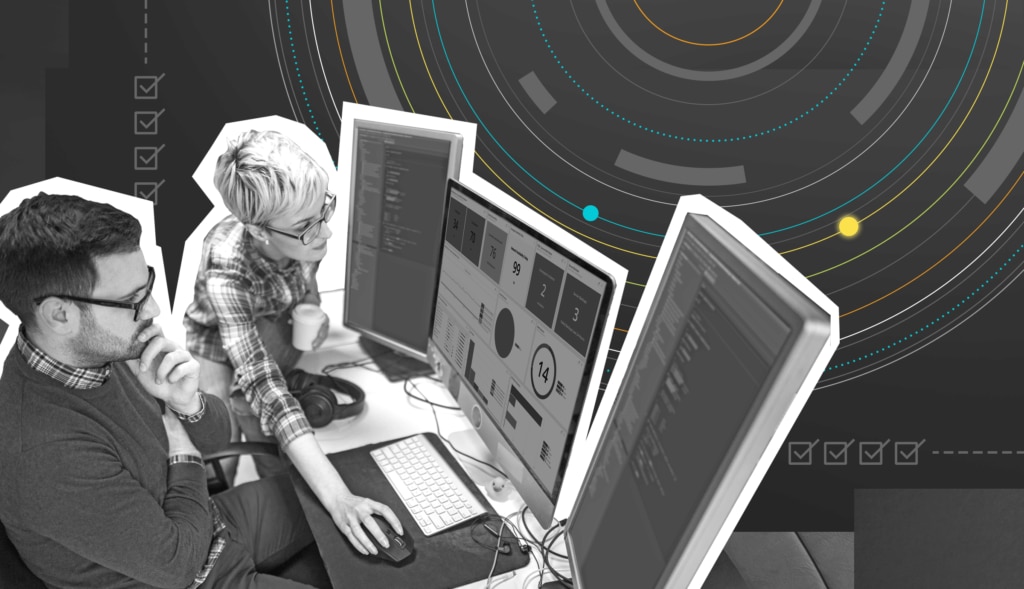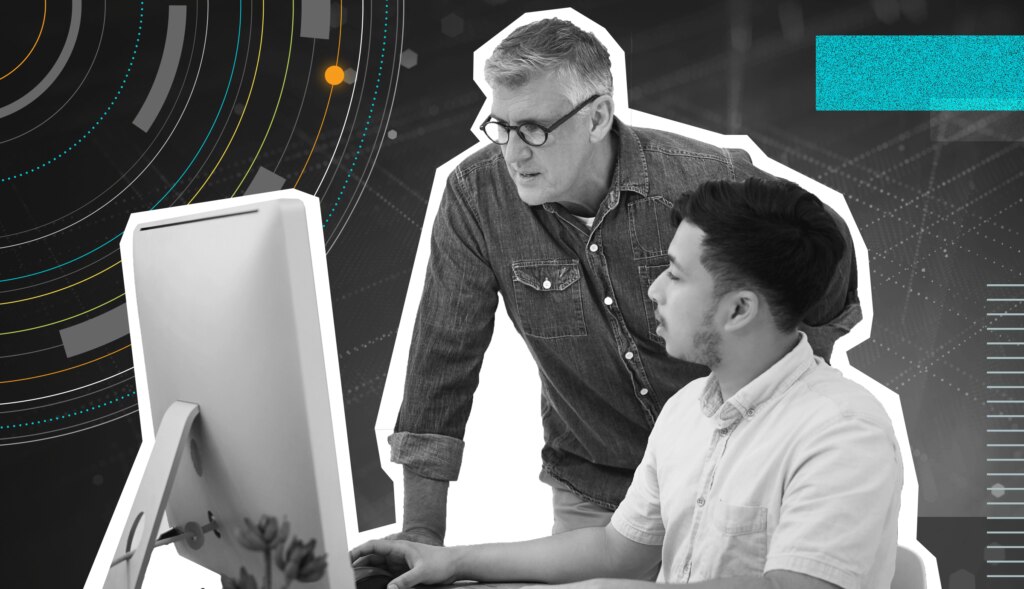Artificial intelligence for IT operations (AIOps) is the application of artificial intelligence (AI) and associated technologies—like machine learning (ML) and natural language processing—for normal IT operations activities and endeavors.
AIOps helps ITOps,
DevOps, and
site reliability engineer (SRE) teams work better by examining IT information and observability telemetry. In real time, these teams can recognize digital service issues and resolve them before business activities and clients are affected.
IT teams live in unique environments, and consistent integration and nonstop delivery have been in huge demand. DevOps and fundamental technologies like containers and microservices are continuing to develop, and much like DevOps, observability has become a part of the software development process.
Even with essential monitoring procedures, ITOps and DevOps teams lack the visibility to help with the uneven development of data volumes in these unique modern environments.
Automation-driven AIOps and observability prepare IT teams to effortlessly follow and optimize these conditions. Overwhelming metrics cause exhaustion and are driving IT teams to adopt observability. DevOps groups automate analysis of the observability data from their software pile to avoid outages and keep business-critical applications running.
Last year, Facebook, Instagram, and WhatsApp were down for over five hours because of configuration changes on routers in Facebook data centers. This five-hour outage cost the organization approximately
$65 million and 4.8% in stock valuation.
If the system of one of the world’s most prominent tech organizations can go down for an extended period, what significance does it hold for other organizations? How can they avoid expensive service interruptions in an undeniably digital economy unforgiving of personal time?
Identifying potential IT operations and service management issues can hint at something more significant. Resolving these issues before they become a potential threat to business services is the best way to succeed in today’s competitive environment.
With the convergence of observability and AIOps, modern companies can get considerable protection from such outages and mitigate their damage. They need to move toward observability platforms and AIOps tools.
The Integrated Strength of Observability and AIOps
Because organizations need to maintain continuous business processes, they constantly worry about the performance and accessibility of the applications running those processes. The command center teams must be able to gauge the internal condition of these applications based on their data, like logs, metrics, traces, and much more—this level of insight is also called observability. Full-stack observability is defined by the MELT capabilities: metrics, events, logs, and traces.
- Metrics can indicate what’s wrong with the system
- Events are responsible for noise suppression and auto resolution—focusing on important alerts and ignoring unimportant ones
- Logs help answer why the problem is occurring
- Traces help show where the problem is
Full-stack observability data can be fed into AIOps tools to correlate events and recognize/resolve issues using AI/ML. AIOps tools dispose of the problem areas and decrease the burden on the command center. By accomplishing full-stack observability, you can see the root of the problem and get AIOps to assist you with completing your definitive business objectives—reduced cost, increased efficiency and productivity, and improved client experience.
AIOps tools leverage AI and ML to provide enhanced accurate mitigation strategies. If you were on the SRE or DevOps team at Facebook, maybe your AIOps tool surfaced a peculiarity in the metrics data, sent you an alert, and offered a solution Without an observability platform, you might not be able to arrive at this end state.
Observability enables you to do the following:
- Understand the real-time fluctuations of your digital business performance
- Collect, explore, alert, and correlate all telemetry data types
- Optimize investments
- Accelerate time to market
- Build a culture of innovation
- Ensure uptime and performance
- Gain greater operating efficiency and produce high-quality software at scale
- Troubleshoot and resolve issues faster
Observability is the implementation of instrumenting systems to secure actionable data so you can see when and why an error occurs.
Observability as a Path to Simplify Cloud Complexity
Though modern cloud systems can present a myriad of benefits for businesses, they can also become hard to manage, hamper agility, and hinder the ability to quickly roll out updates. AIOps and the cloud can enable applications and processes to go much faster, but cloud environments introduce additional complexities. Managing cloud-native, multi-cloud, and hybrid systems effectively requires clarity and the ability to observe all elements from an easy-to-navigate location. Containers, microservices, and orchestration services can also contribute to the overall complexity of building and running cloud applications. Without observability into every element of your system and its dependencies, it can be easier to miss elements and problems, which can lead to heightened risks.
To combat this, teams are turning to observability and AIOps to gain more context into the underlying infrastructure, as they allow teams to do things such as correlate insights from container orchestration tools like Kubernetes with log and message data. Observability can help remove the overall complexity by facilitating performance optimization and release velocity. It can bubble up potentially problematic issues in real time and centralize these insights into a single-pane-of-glass view as opposed to forcing teams to manually manage individual components.
Though understanding and implementing observability and AIOps might not be a simple undertaking, it’s the future of IT operations. Organizations around the world are rapidly shifting to observability and AIOps. However, they’re still far from using them to their fullest potential. Fully backed up by legitimate AI/ML algorithms, the right data sets, and other automation tools, observability and AIOps can change the digital transformation journey of any enterprise.
Next Steps
Check out
our observability products, SolarWinds Observability Self-Hosted (formerly known as Hybrid Cloud Observability) and SolarWinds
® Observability.
If you’re interested in bringing some of the above benefits to your organization’s monitoring journey,
sign up to start a free trial of SolarWinds Observability Self-Hosted (formerly known as Hybrid Cloud Observability) or learn more about
SolarWinds Observability SaaS (formerly known as SolarWinds Observability) today.




